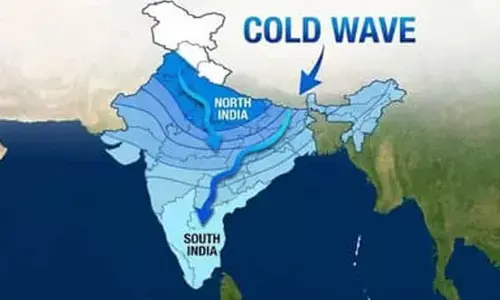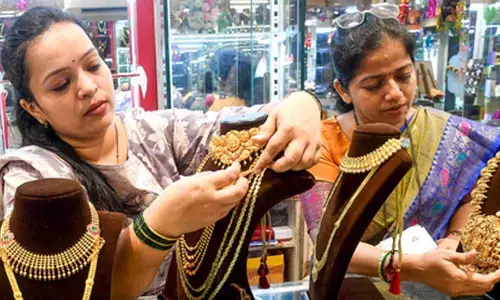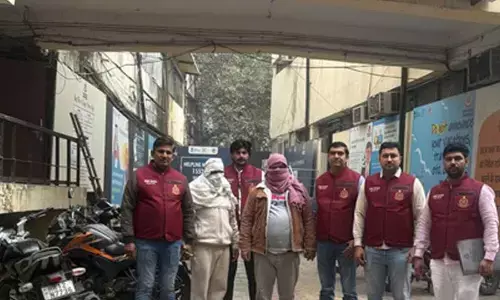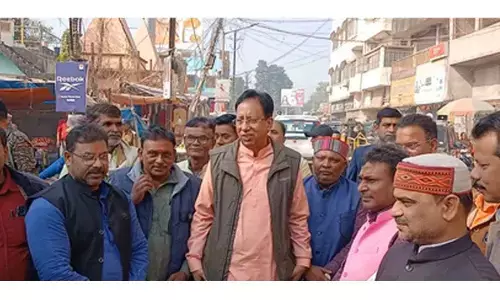India’s hunger paradox despite enough grains
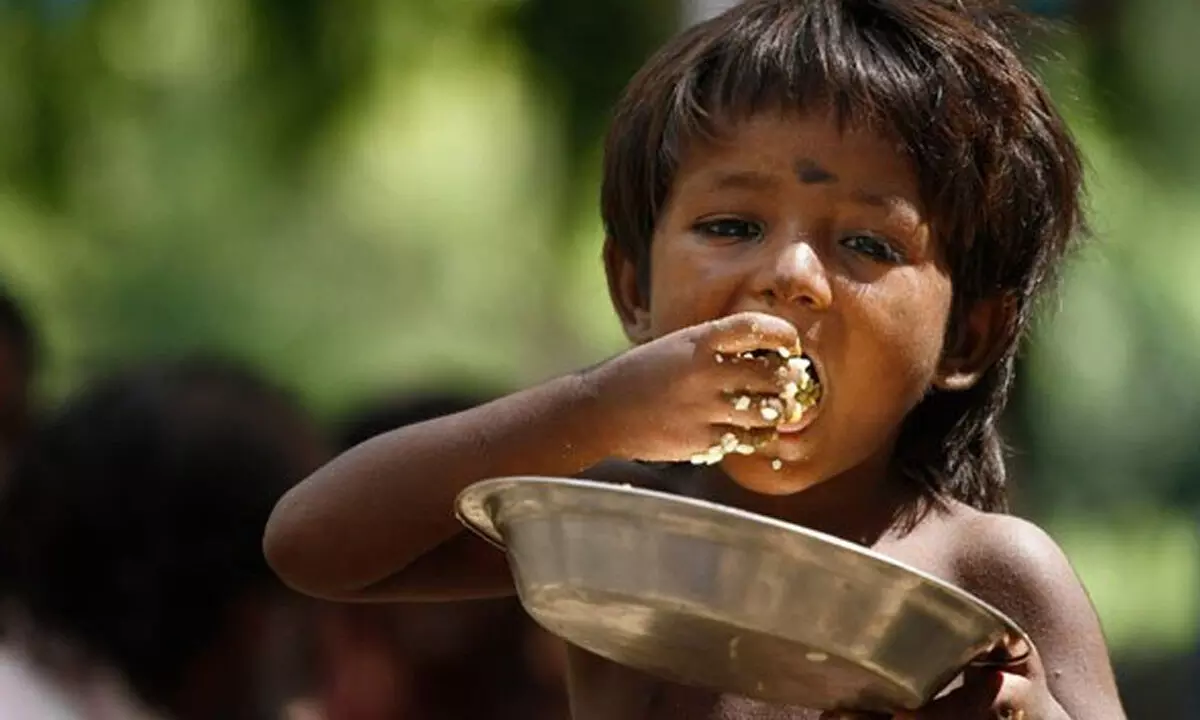
First take in the latest shocking revelation about India. It is ranked 111 out of 125 countries in the Global Hunger Index (GHI) 2023.
First take in the latest shocking revelation about India. It is ranked 111 out of 125 countries in the Global Hunger Index (GHI) 2023. This categorises India’s severity of hunger as “serious.” Doesn’t this mean that the progress of India’s fight against hunger has plateaued? The GHI score is based on four indicators that together capture the multi-dimensional nature of hunger and these include under-nourishment, child stunting, child wasting and child mortality. Should we take solace in the fact that Afghanistan, Haiti and 12 sub-Saharan countries performed worse than us on the GHI? Other neighbours such as Pakistan (102), Bangladesh (81), Nepal (69), and Sri Lanka (60), feed the poor better than India. Expectedly, the GOI has disputed the figures. That may slightly decrease its ranking, but the severity persists, especially since the pandemic upended the lives of those in the informal sector. For national food security scheme and other welfare programmes, the government requires around 184 lakh tonnes of foodgrains. No problem on that front, but consistent fall in sowing area for pulses is a worry. Rather than defensive reactions to the Global Hunger Index, it is time the government ratchets up its efforts to ameliorate the pangs of the poor, and engage with the root issue of nutrition, too.
Over 5 to 8 lakh children under five years are said to lose lives due to starvation every year. According to FAO, nearly 14.5% of the population falls under the undernourished category. Indian governments – Central or State – shrug off NGO or international organisations reports. Nonetheless, India’s widespread and severe malnutrition and anaemia is well recognised at home and abroad. Just giving foodgrains for free or at subsidy does not suffice. Ensuring balanced meals is equally essential.
PDS needs to better target food distribution and reach out to migrant labour, especially, the nomads, deprived of resources
and livelihoods, staying put on urban footpaths or roadsides. They do not get any succour. Leave alone nutrition, they struggle to find any food on the plate. A look at their abject conditions stresses the need. Ok, ruling parties tend to act myopic, but what about the public, us? GHMC’s ‘Feed the Need’ programme, wherein anyone can put excess food in community refrigerators for the poor to pick, has sadly waned due to public apathy. Governments have to step up campaigns, involve civic bodies and people’s representatives. Besides, there is a need for healthcare interventions for the poor, such as the ongoing massive drive of health tests as well as treatments for all the poor in Andhra Pradesh. First, identify the cause of be it maternal mortality or infant mortality or those caused by other ailments and diseases, then zero in on the solutions. RBI’s veiled warning, after pausing rate hikes, that food inflation may not see any sustained easing in the short term comes amid continued wait for the impacts of the past policy to unfold. Though the exceptional high levels of food inflation seen in July and August may not recur, governments are still grappling with stubborn inflation, on account of persisting high vegetable prices. Poor are the worst hit.
Climate-smart agriculture, streamlining PDS, sustaining destitute homes, encouraging community participation through local bodies etc., are needed to end the scourge of hunger in India. There is enough food for all - the 1.39 billion Indians. Take a look at our granaries. Sadly, it is not even an election issue.












